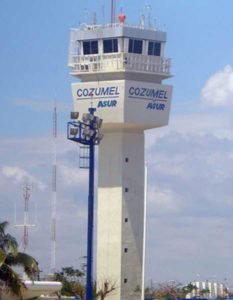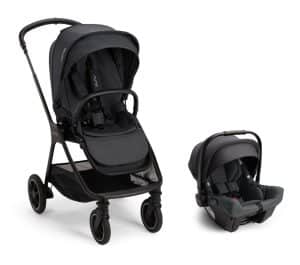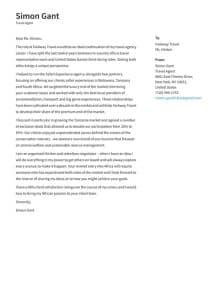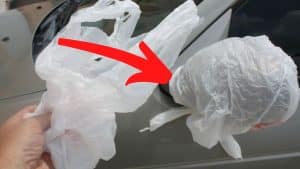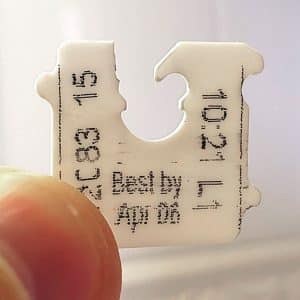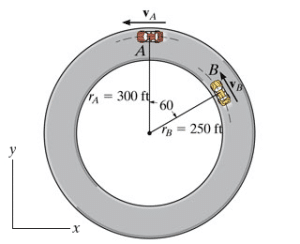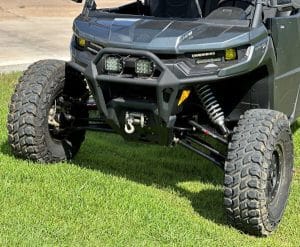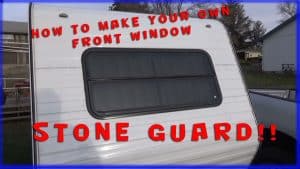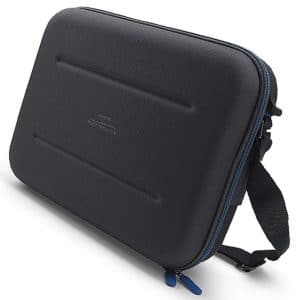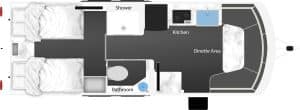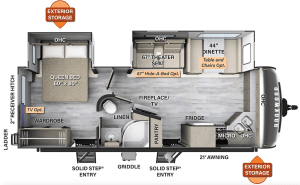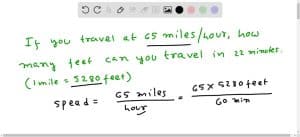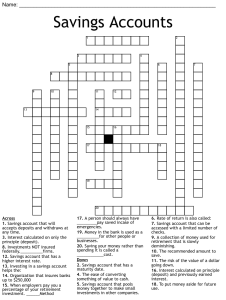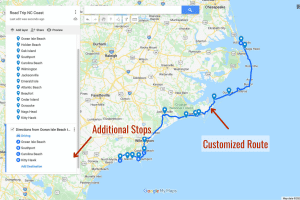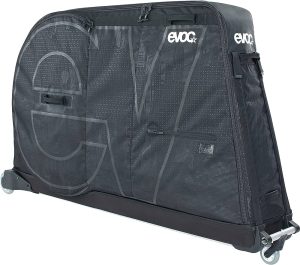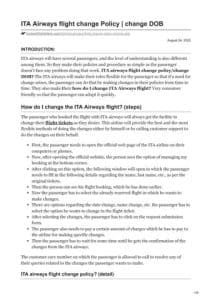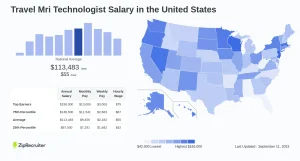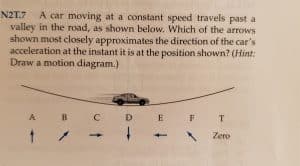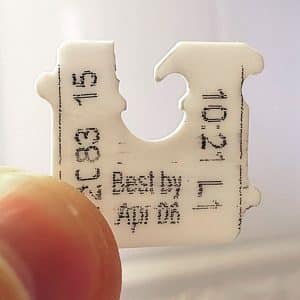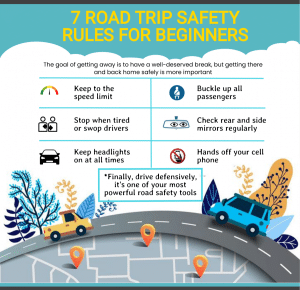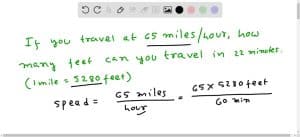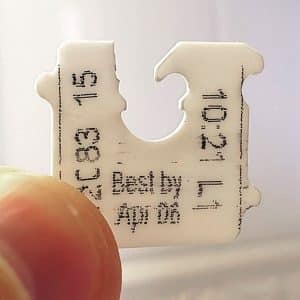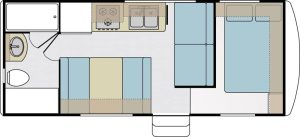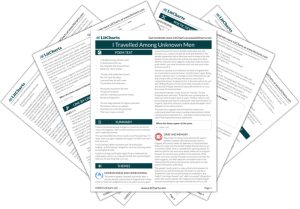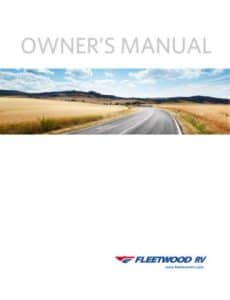Welcome to Hosteliest, your ultimate guide in Hotels and Travel. Today’s topic delves into the wisdom of travel efficiency – “If a car travels 340 miles on just 20 gallons.” Buckle up as we hit the road in this insightful journey.
Title: The Traveler’s Query: If a Car Travels 340 Miles on 20 – Unraveling the Mystery
INTRO
An intriguing question is often posed to us: If a car travels 340 miles on 20, what does that mean? This cryptic traveler’s query seems simple, yet puzzles many. We’ve taken the time to dive into the intricacies of this question, carefully analyzing each component. So buckle up for an exciting intellectual journey, as we unravel this mystery!
H2: UNDERSTANDING THE QUESTION
Firstly, we must understand the crux of this query: If a car travels 340 miles on 20. While it appears enigmatic, the answer lies in breaking it down to its core elements and looking at how they interplay. Crucially, context is key; in travel and motoring, “20” often refers to fuel quantity – gallons or liters typically – or speed (miles per hour).
H2: IF A CAR TRAVELS 340 MILES ON 20 GALLONS OF FUEL
Let’s first explore a scenario where “20” signifies 20 gallons of fuel. If a car can cover 340 miles on just 20 gallons, we’re talking about fuel efficiency. Specifically, this car achieves 17 miles per gallon (mpg), which is impressive! It’s worth noting, however, that actual mileage may vary depending on driving conditions and vehicle maintenance.
H2: IF A CAR TRAVELS 340 MILES AT 20 MPH
Now, if “20” suggests a speed of 20 miles per hour, we’re discussing time. To travel 340 miles at 20 mph would take 17 hours. So, if you set out at the break of dawn, you should reach your destination by late evening. These calculations, of course, don’t account for breaks and traffic conditions, which can significantly alter travel times.
H2: TRAVEL PLANNING AND CONSIDERATIONS
Regardless of whether we’re dealing with fuel efficiency or travel time, it’s clear that understanding the implications of If a car travels 340 miles on 20 is essential for effective trip planning. It’s not just about getting from point A to B; it’s also about optimizing fuel usage or managing time efficiently.
H2: VEHICLE SELECTION CRITERIA
A factor that hugely impacts the scenario If a car travels 340 miles on 20 is the type of vehicle. Cars with better fuel economy are great for long trips, while vehicles delivering higher speed may be more suitable for deadline-driven travel.
H2: DRIVE SAFE, TRAVEL WISE
Whether you’re a seasoned road tripper or a novice motorist, understanding various travel parameters such as distance, fuel consumption, and speed is indispensable in ensuring a safe and smooth journey.
CONCLUSION
So, there you have it! The answer to the age-old question, If a car travels 340 miles on 20, isn’t as cryptic as it seems. Interpreting it accurately, however, requires a good understanding of travel dynamics and vehicle operation. Happy and safe travels!
Remember, every journey teaches us something new. We recommend planning your trips carefully to make them fun, safe, and efficient. After all, the joy of travel lies not only in the destination but also in the journey.
Maximizing Your Road Trip: How Far Can You Travel with 20 Gallons of Fuel?
Maximizing Your Road Trip: How Far Can You Travel with 20 Gallons of Fuel?
Whether you’re traveling the United States’ vast highways or traversing scenic routes in Europe, understanding your vehicle’s fuel efficiency is key. This knowledge allows you to plan your road trip efficiently and ensure that you’re utilizing your 20 gallons of fuel to the fullest.
Fuel consumption can greatly vary depending on the type of vehicle you drive. On average, cars in the U.S. have a fuel economy of about 25 miles per gallon (mpg) in combined city and highway driving according to the Environmental Protection Agency (EPA). Based on this figure, with 20 gallons of fuel, you could theoretically travel approximately 500 miles.
However, factors such as your vehicle’s maintenance condition, weight carried, driving style, and type of roads taken can either improve or decrease your fuel economy. For example, driving at a steady speed on a highway, instead of stop-and-go city driving, will improve your fuel economy.
To make the most out of your fuel, consider planning your trip around locations with affordable fuel prices. Apps like GasBuddy can help you locate the cheapest gas stations along your route. Moreover, try to pack lightly to reduce the weight your vehicle has to carry.
For overnight stops, choose hotels with electric charging stations if you’re driving a hybrid or consider locations closer to your travel route to minimize additional driving distances.
Remember to ensure your vehicle undergoes proper maintenance before embarking on your journey. A well-maintained car operates more efficiently, consumes less fuel, and gets you further on those 20 gallons.
In summary, making the most out of your road trip is all about preparation and understanding your vehicle’s fuel efficiency. Drive smart, plan wisely, and those 20 gallons will take you on an unforgettable journey.
Understanding the Gas Mileage
When it comes to long road trips, having a car that gets good gas mileage can drastically reduce your travel expenses. The amount of miles you can cover on a particular volume of gas, usually measured in miles per gallon (mpg), is known as your car’s gas mileage. If a car travels 340 miles on 20 gallons, it means the car has a gas mileage of 17 miles per gallon. This figure is crucial when planning long-distance trips because it helps you budget for gas costs and accurately calculate the distance you can cover before needing to refuel.
Understanding your car’s gas mileage is a key step in planning your road trip efficiently and cost-effectively.
Planning Your Stops Along the Route
With this information in mind, you can now begin to plan your trip and decide how often you will need to stop for gas. If a car can travel 340 miles on 20 gallons, you will have to stop every 340 miles or less to refill your tank. This is important as it can influence where you choose to stop, eat, and possibly spend the night.
Choosing your stops strategically based on your car’s gas mileage not only ensures that you don’t run out of fuel but can also help in keeping your journey interesting and enjoyable.
How Gas Mileage Can Impact Your Choice of Hotels
Lastly, understanding your car’s gas mileage can significantly impact your choice of hotels along the journey. If your car travels 340 miles on 20 gallons, you might want to search for hotels approximately within that range. That way, you can plan to end the day near a hotel after nearly exhausting your car’s fuel. You may also want to choose hotels near gas stations for added convenience.
Knowing your car’s gas mileage can guide your choice of hotels along the route, ensuring a smoother and more convenient road trip.
Frequently Asked Questions (FAQ)
What is the best driving route to cover 340 miles with multiple hotel stops in between?
The best driving route to cover 340 miles with multiple hotel stops can greatly vary depending on your departure and arrival points. Let’s take an example from Los Angeles, CA, to Las Vegas, NV, which is approximately 270 miles.
1. Start: Los Angeles, CA
First Stop: Ontario, CA (35 miles from Los Angeles)
There are numerous hotels in Ontario city like Best Western Plus Ontario Airport & Convention Center. You can rest here and enjoy some local cuisine.
Second Stop: Victorville, CA (76 miles from Ontario)
You can plan your second stop at Victorville, which has a couple of resting places like Hilton Garden Inn Victorville.
Third Stop: Barstow, CA (36 miles from Victorville)
Barstow could be your next stop where you have options like Holiday Inn Express & Suites Barstow.
Final Destination: Las Vegas, NV (155 miles from Barstow)
This just an example, the key to a good 340-mile drive with multiple hotel stops is to:
– Plan your trip accordingly; it’s important to know what’s available along your route.
– Use satellite navigation or get a reliable mapping service like Google Maps and set up your destinations.
– Look for reviews of hotels along the path you’re taking.
– Always book in advance—especially during holiday seasons to ensure availability.
– Don’t forget to follow all the safety guidelines as prescribed by the authorities during your travel.
Remember, the journey is as important as the destination. So choose your hotel stops wisely, relax, and enjoy the ride!
Are there any hotels located every 20 miles along a 340-mile car trip?
On a theoretical basis, finding a hotel every 20 miles on a 340-mile car trip is probable in certain areas. However, this largely depends on the route you are taking and the region or country you are traveling through. More populated and tourist-friendly zones are likely to have more frequent accommodations compared to remote or rural areas.
In practical terms, large hotel chains such as Marriott, Hilton or Holiday Inn have extensive networks that may provide locations at approximately this frequency in heavily populated regions.
Nonetheless, it’s essential to bear in mind that even if hotels are spaced every 20 miles apart, they might not always be conveniently located off the highway or main road of your journey. Therefore, it would require additional driving to reach these hotels which could add up over time.
Planning ahead and using online travel resources and mapping tools will assist in identifying hotel locations and distances between them. Websites such as Booking.com, Google Maps, or even specific hotel sites can be useful in planning your trip.
Despite the possibility, it remains a challenge to ensure there would be a hotel every 20 miles due to the varying factors involved. Companies like Airbnb might offer more options since they include privately owned accommodation in their listings.
So, while theoretically possible, it’s crucial to plan your trip in detail to avoid being caught without suitable accommodation when you need to rest.
How to plan a 340-mile car trip considering every 20 miles for breaks or hotel stays?
Planning a 340-mile car trip takes careful consideration, particularly when factoring in breaks every 20 miles or overnight hotel stays. Here’s a simple guide to help you effectively plan your journey.
1. **Route Planning**: The first step is deciding on your route. Ensure to choose the most suitable one considering scenic routes, traffic, and road conditions. Take advantage of digital maps or GPS systems that allow you to input your stops and calculate your total travel time.
2. Breaks Every 20 Miles: This means you’ll be stopping 17 times throughout your journey. These breaks should include rest, meal times, and refueling. Decide on the locations for these breaks, consider parking availability, washrooms and service station facilities.
3. **Hotel Stays**: Depending on how many hours a day you intend to drive, you might need one or more hotel stays. Plan these in advance for each night of travel. Check reviews, amenities and the proximity to your route. Booking in advance will not only secure your room but also helps avoid last-minute price hikes.
4. **Budgeting** : Estimate the cost of fuel, meals, tolls, and hotel stays for your entire journey. If possible, set aside some extra funds for unplanned expenses.
5. Emergency Preparedness: Always keep a roadside emergency kit that includes first-aid supplies, a flashlight, batteries, water and snacks. Ensure your car is in good working condition before setting off, check tire pressure, fluid levels, brakes, and battery.
6. **Entertainment** : Long trips can be monotonous, hence ensure you have music, audiobooks or podcasts lined up for entertainment.
7. Time Management: Do not rush! Enjoy your travel experience. Leaving early in the morning can give you a good start, attempt to reach your hotel before dark.
Remember, the key to a successful road trip is in the planning. The more detailed and thorough your plan is, the less likely you are to encounter unexpected challenges on your journey.
In conclusion, understanding the distances that can be traveled by car is an important aspect when planning your vacation. It can aid you in selecting hotels in the perfect locations, allowing for smoother experiences on your adventures. For instance, if a car travels 340 miles on 20 gallons, you can accurately estimate the number of stops for refueling and schedule rest breaks and overnights in inviting hotels. The knowledge of how far one’s car could travel on a specific amount of fuel, like 340 miles on just 20 gallons, offers travelers peace of mind and enhances their journey enjoyment. After all, successful and enjoyable travel needs not only attractive destinations but also comfortable journeys enabled by efficient travel plans. Being aware of every facet, even as technical as your car mileage, plays a significant role in refining your overall travel experience.
Error: El post actual no se encuentra en el array de posts.


